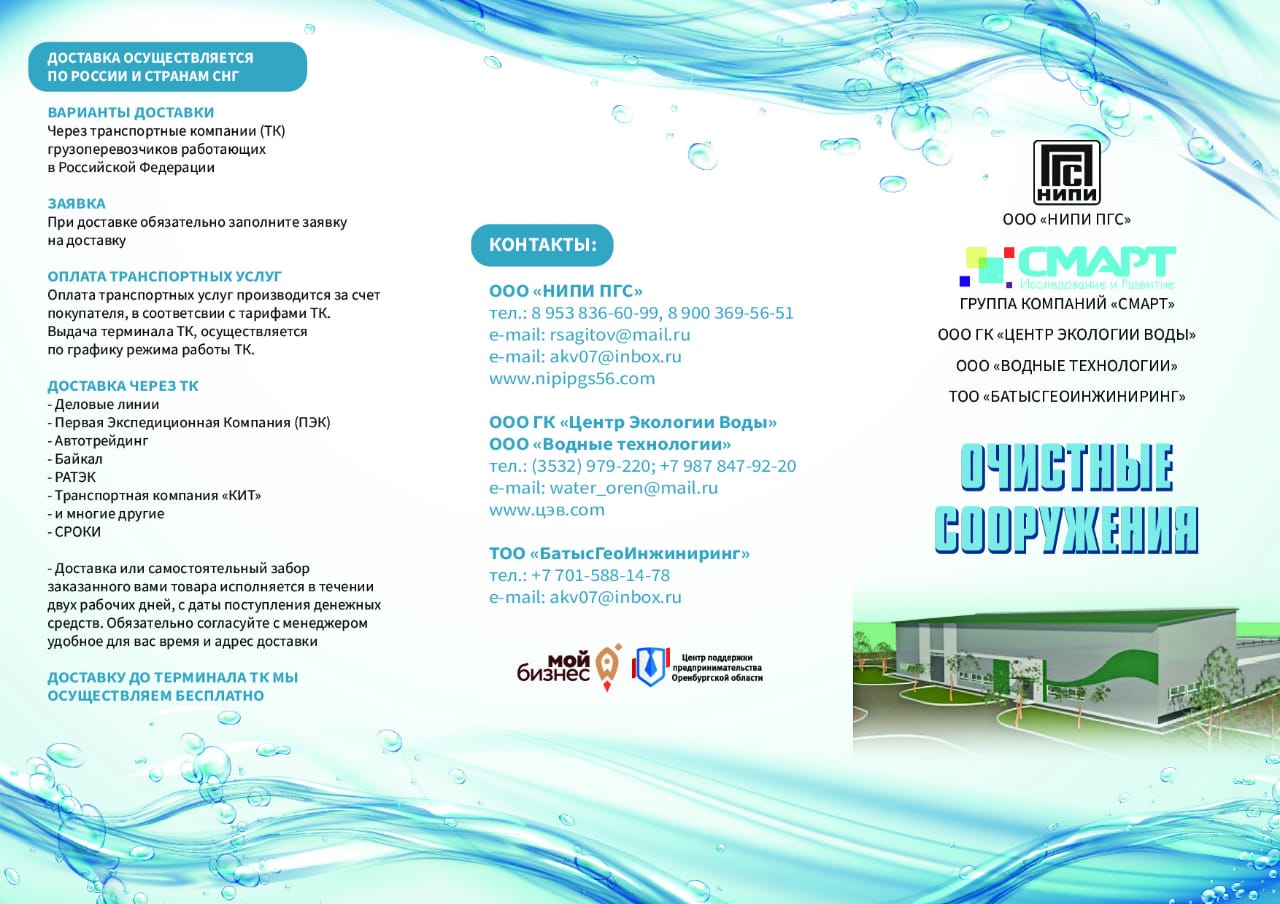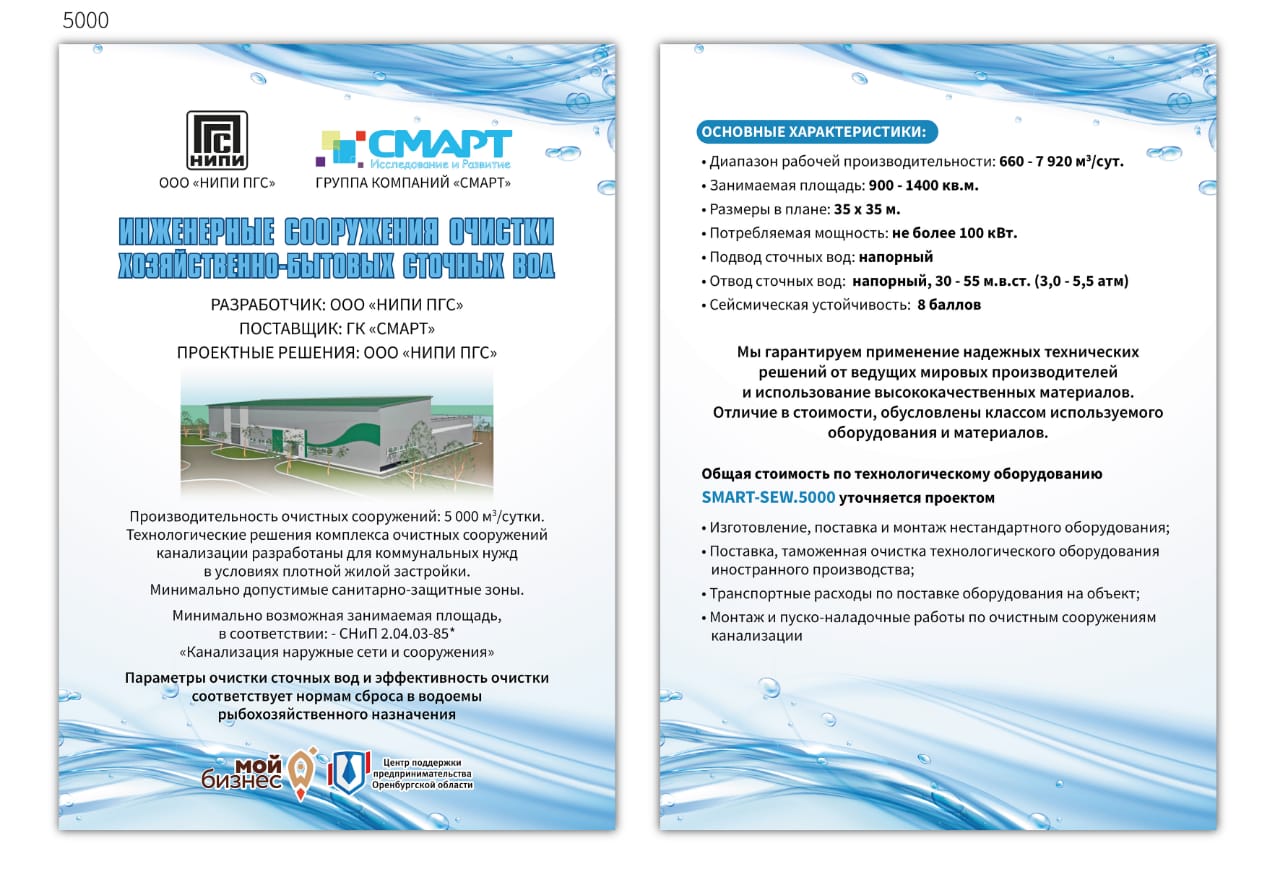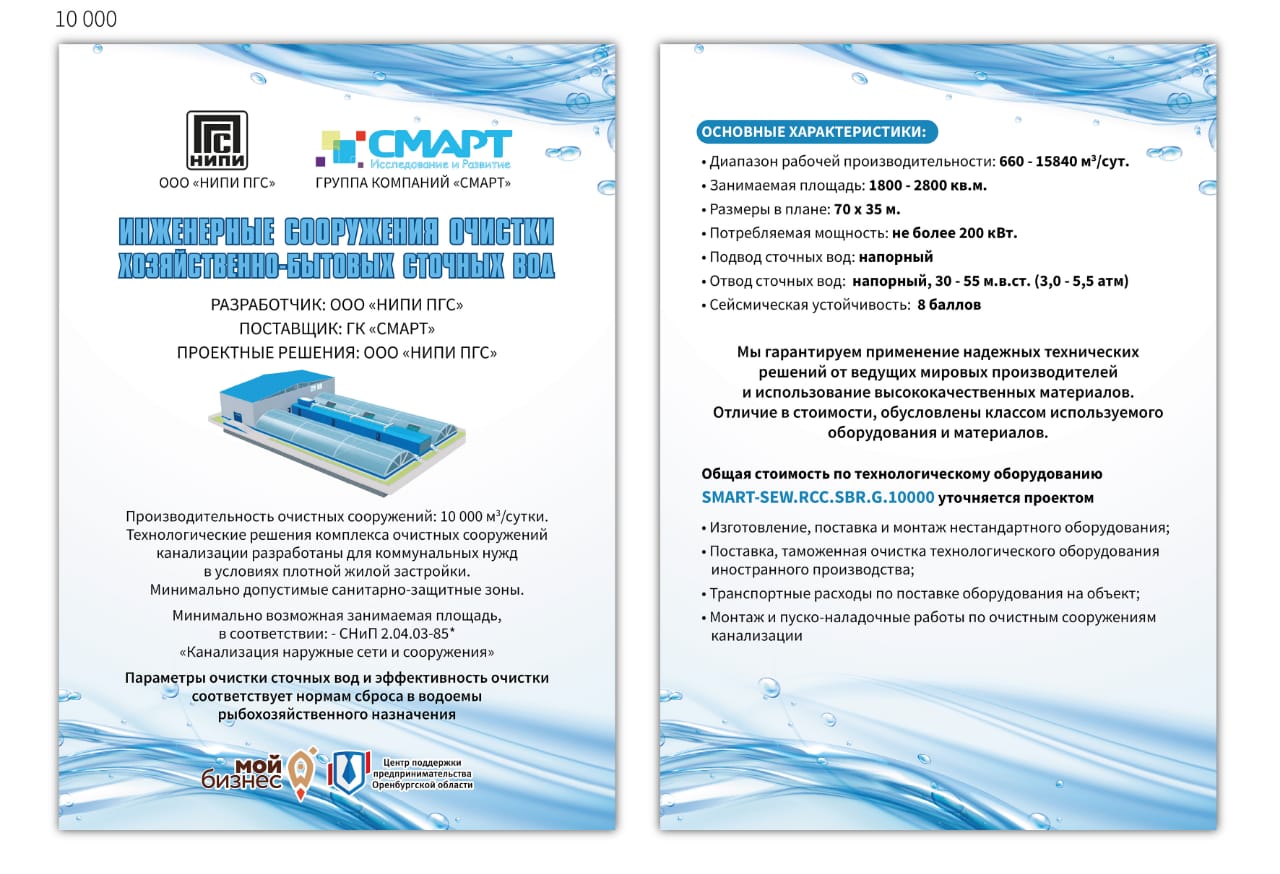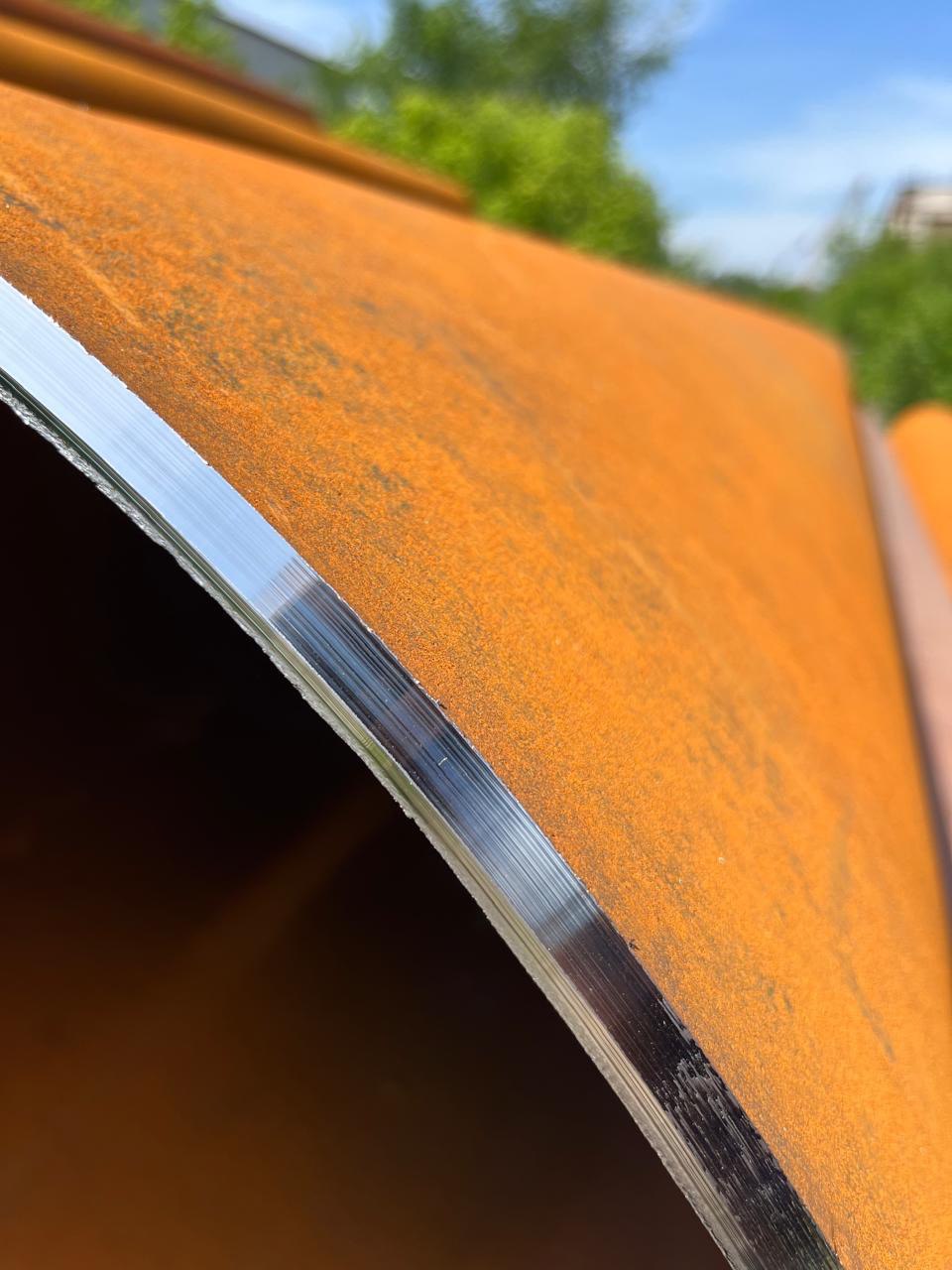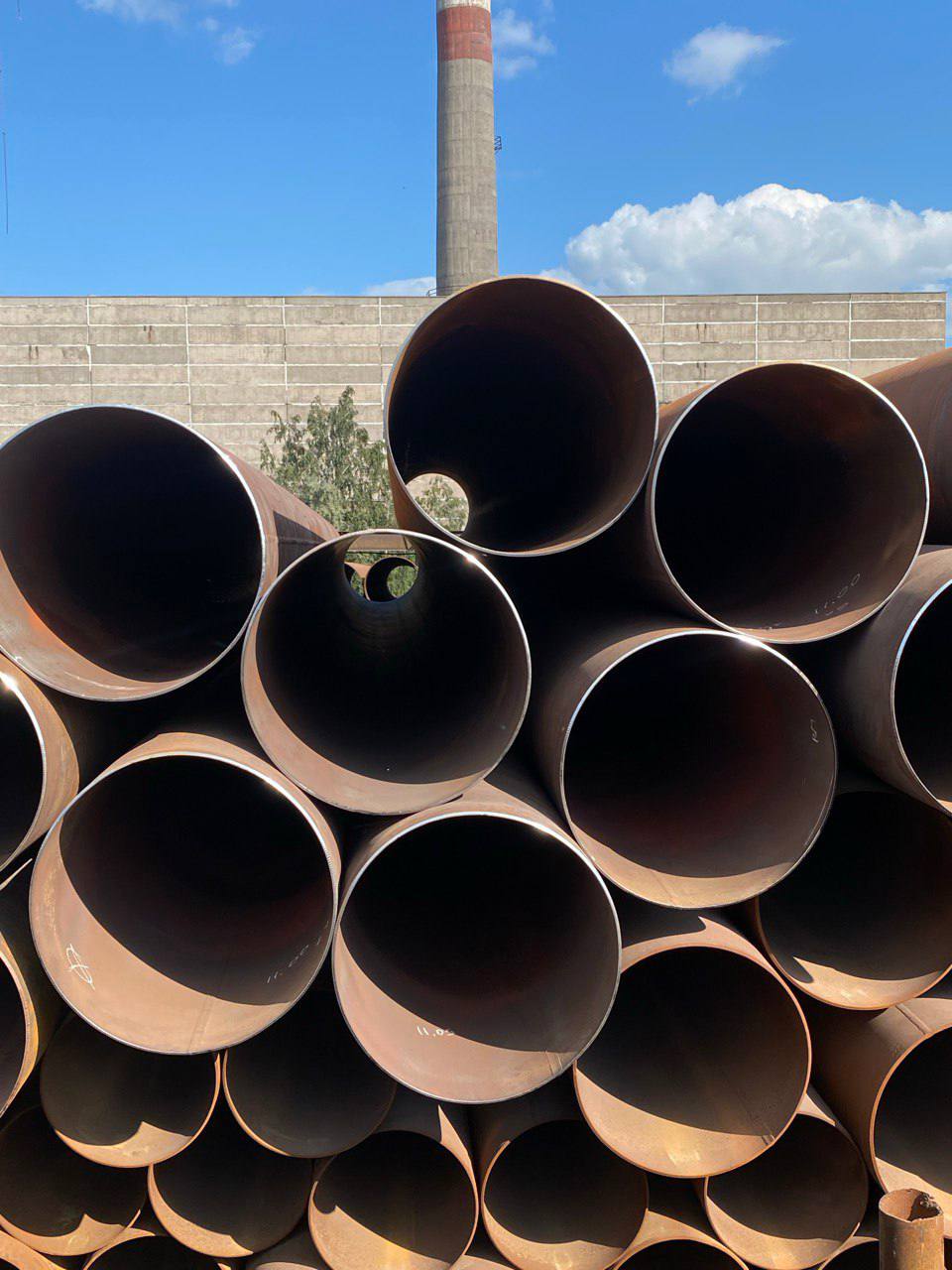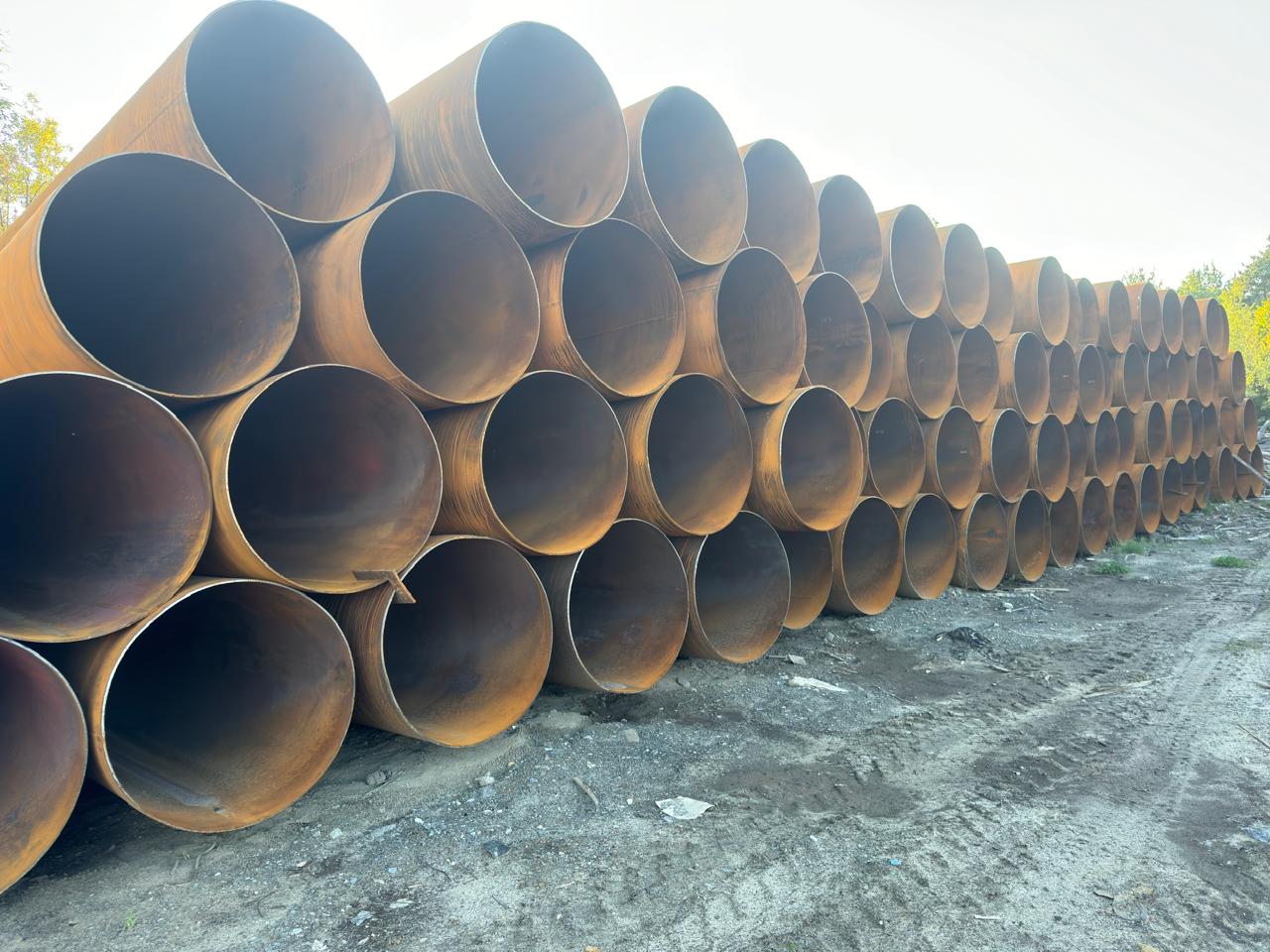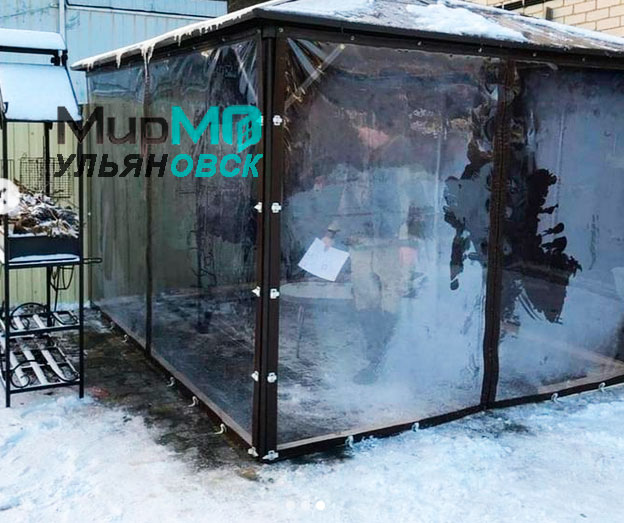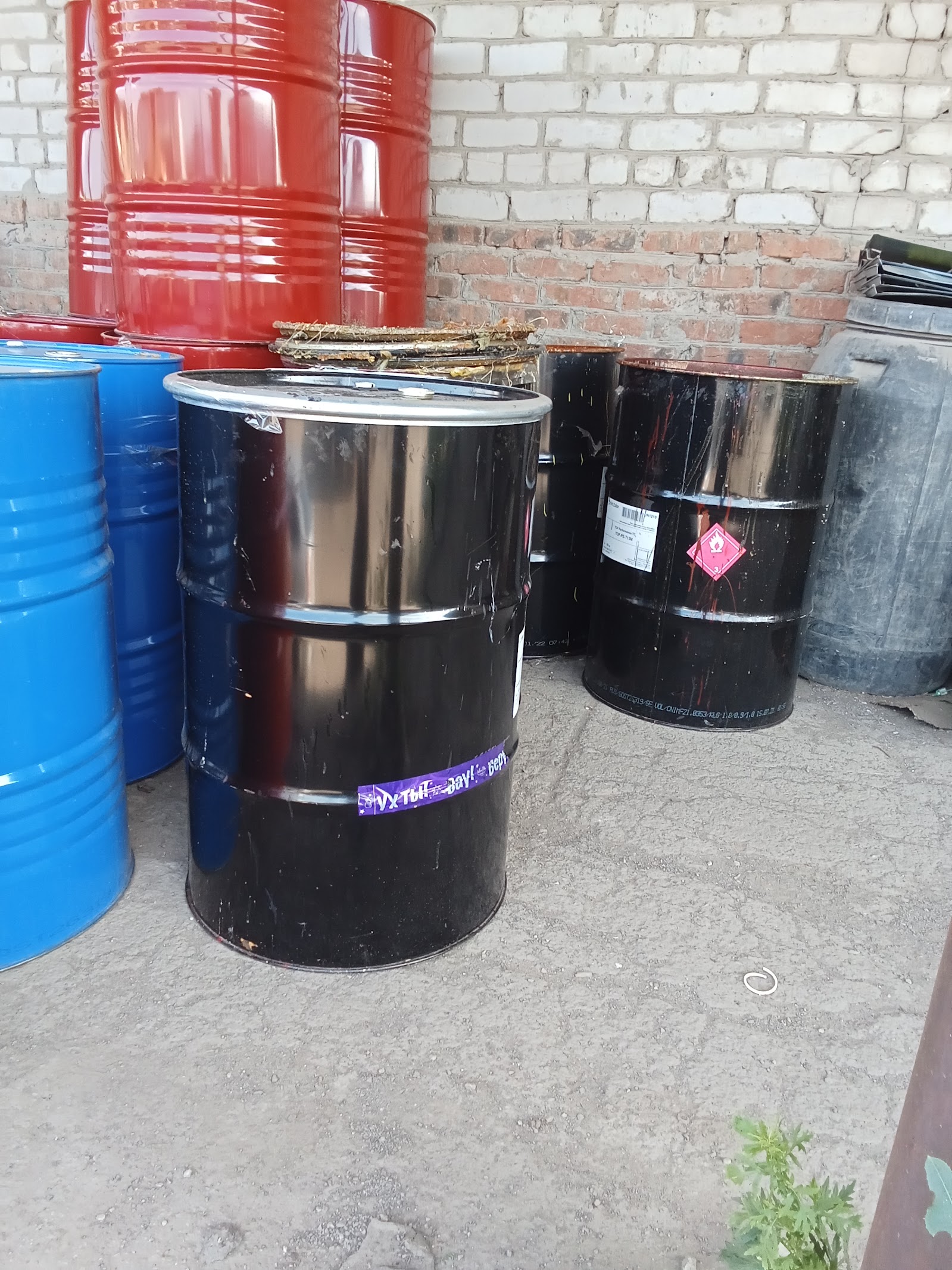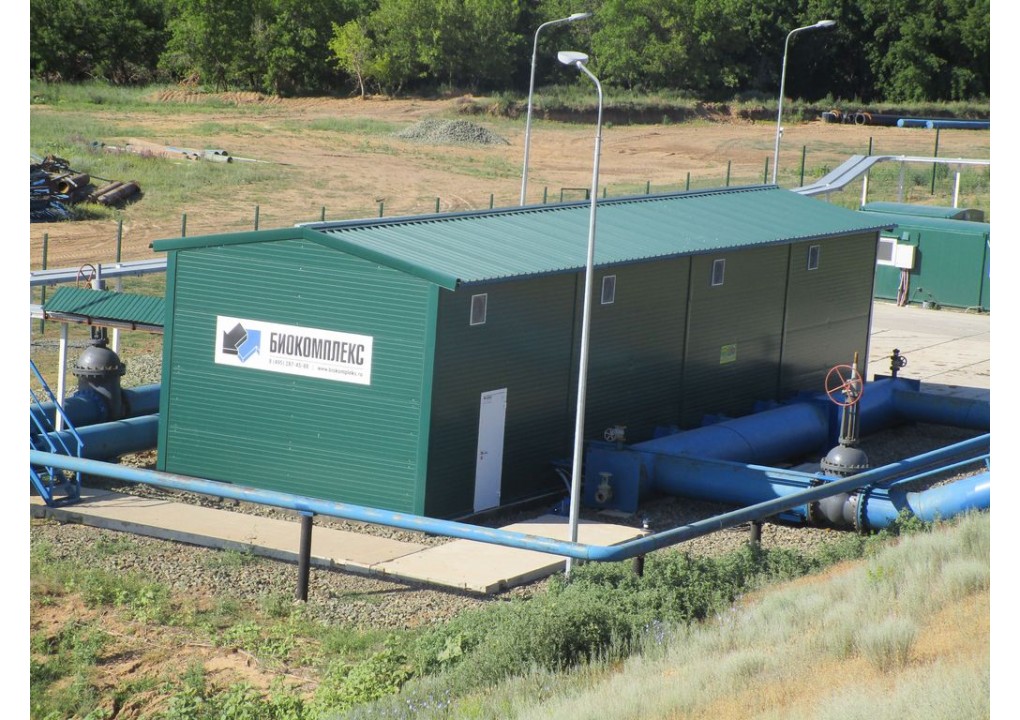Engineering structures for wastewater treatment with a capacity of 1000-10000 m3/day.
Listing information
Description
The wastewater treatment complex is located in a building made of light metal structures and has an automated process control system, a sludge dewatering and discharge system, a heating, ventilation, and lighting system.
rsagitov@mail.ru
Listing details
Additional information:
Dividing the wastewater treatment complex into independent process lines allows for the purification of the entire volume of incoming wastewater to regulatory requirements in the event of up to 25% of the equipment being taken out of service for repairs – one or more lines (according to the requirements of SNiP 2.04.03-85). In addition, this allows for emptying and preventive inspection of tanks without stopping the treatment facilities. Wastewater goes through the following stages: mechanical purification (pressure electrocoagulators, primary settling tanks with thin-layer modules), biological treatment unit (bioreactors with an anaerobic treatment zone, bioreactors with an aerobic treatment zone), coagulation and sedimentation of sludge in secondary settling tanks, post-treatment (electromagnetic filters, mechanical and sorption cleaning filters), and treatment of sediments by mechanical dewatering. Wastewater from the plant enters the averaging tank located near the treatment facility building. Then, from the averaging tank, the wastewater is fed by submersible pumps through a pressure pipeline to the treatment facilities in the electrocoagulators.
The electrocoagulator is designed for reagent-free coagulation of pollutants during water purification. Electrocoagulation is a reagent-free method of water purification, ensuring the effective removal of organic matter, iron and other associated pollutants (there is a reduction in BOD, COD) due to anodic oxidation and cathodic reduction with the formation of water-insoluble compounds that precipitate in settling tanks.
Electrical treatment combines chemical and electrochemical coagulation, destruction under the action of direct current.
The process of electrolytic water purification occurs through the stages:
– electrochemical interaction of substances on the surface of the electrodes and the oxidation-reduction processes occurring in this case;
– transformation of substances into insoluble compounds and the formation of dispersed phases in water. In addition, ions and molecules of dissolved impurities, as well as impurities emulsified in water, are sorbed on the surface of aluminum hydroxides, which have significant sorption capacity, especially at the time of formation.
The anode metal is ionized under the action of direct current and passes into the purified water. Aluminum hydroxides formed in the water coagulate the dispersed system.
The electrocoagulator is a block of electrodes made of aluminum alloy, placed in a closed housing and connected to a current rectifier. The electrocoagulator is compact and easy to operate.
Membrane sensors are installed on the water inlet pipeline to the electrocoagulator to determine the pH of the incoming effluents, connected to digital dosing pumps with a pH control function. Neutralization of effluents occurs automatically to MAC standards. Neutralization is carried out with solutions of hydrochloric acid or caustic soda, stored in plastic containers. From the electrocoagulator, the treated wastewater is fed to a primary settling tank with a thin-layer module. The foam formed in the electrocoagulator is extinguished by a defoamer, from where the coagulated foam enters the sediment pit through sediment pipelines. Primary settling tanks are made of polymer material and are located in a single block of biological treatment tanks in housings identical to technological bioreactor tanks, they serve to settle undissolved and partially colloidal contaminants, mainly of organic origin. During the settling process, suspended particles settle. Settling is the simplest, least energy-intensive and most economical method of separating mechanical impurities from wastewater with a density different from the density of water. The relative simplicity of settling structures determines their wide application at various stages of wastewater treatment and processing of the resulting sediment. Smaller suspended particles and colloidal contaminants are separated when wastewater passes through thin-layer modules installed in settling tanks. Their separation capacity, especially when separating finely dispersed impurities, is many times higher. The expediency of using thin-layer settling tanks is based on the fact that a decrease in the flow height while maintaining the same flow speed proportionally reduces the settling time. Dividing the flow height into smaller sections simultaneously increases the settling area and reduces the specific load on it for suspended matter. The settling effect is 40-60% with a settling time of 1.5-2 hours. Due to hydrostatic pressure, the sediment from the conical part of the settling tanks is fed through a pipeline to the sediment pit. Primary settling tanks for mechanical wastewater treatment are a preliminary stage before biological treatment. During mechanical treatment of wastewater, the effect of reducing suspended matter is 40 – 60%, which also leads to a decrease in the BOD value by 20 – 40%. Then the wastewater from the primary settling tanks flows by gravity into the bioreactor. Each bioreactor, operating in parallel, consists of 4-6 (depending on the parameters of the water being purified) cone-shaped

